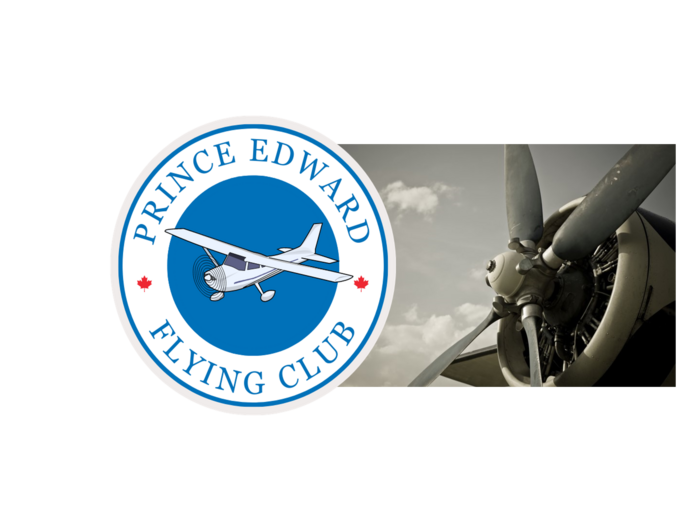Looking Back...Our History
The Prince Edward Flying Club has a long and illustrious history, beginning with its incorporation in 1953. Seventy years on, the Club is proud of its accomplishments and contributions to aviation in Ontario and Canada.
The Flying Club is located on a former WW II training airfield, an area that retains many of its original wartime buildings and still invokes a nostalgic atmosphere. Close your eyes and you can almost picture those servicemen and women from days gone by, carrying out their duties at this bustling base.
The Early Years

Beginning in 1938, Canadian Forces Base (CFB) Picton - known as Camp Picton - served the Royal Air Force, Royal Canadian Air Force and the Canadian Army. When WWII began, the area was expanded as part of the British Commonwealth Air Training Plan
- CFB Picton was active until 1969.
- The Canadian Army used Hangars No. 1, 2 and 3. The Royal Canadian Air Force (RCAF) used the remaining three hangars for overhauling and storing aircraft, including the North American P-51 Mustangs; North American B-52 Mitchells; North American AT-6 Harvards; de Havilland DHC-1 Chipmunks; and Douglas C-47 Dakotas.
- The Airport also housed other aircraft as well as a large supply of engines, propellers, and spare parts. No. 6 Hangar had a major collection of aero engines of all types, some sectioned for display purposes. A rare piece of equipment - a V-2 rocket (minus the warhead) was virtually intact and included its wheeled carriage. The V-2 was eventually bulldozed into the Picton Base dump.

- Outside storage included several Lockheed Venturas and a number of Grumman Gooses. The Venturas were eventually flown out, and the P-51s sold to Cavalier Aircraft in Florida.
- In the 1950s and 60s, operating a civilian flying club on an active military base had its challenges, not the least of which were the flying restrictions. Pilots were able to use the airport only when the base was shut down in the evenings and on weekends.
- Both local and military members played a key role in helping to build and support the Prince Edward Flying Club. Some of the military were also members of the army base known as, Camp Picton.
- Mel Bradley, a sergeant in the Royal Canadian Electrical Medical Engineers, worked to obtain the necessary qualifications as the Club's first flight instructor.


 While you're in the County, visit the Prince Edward County
While you're in the County, visit the Prince Edward County